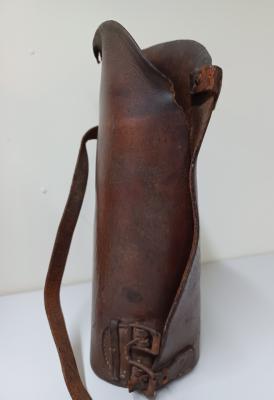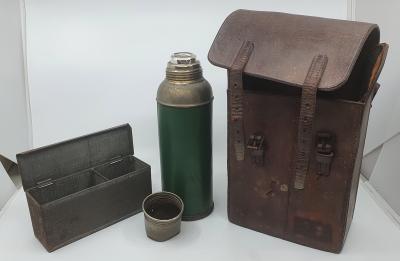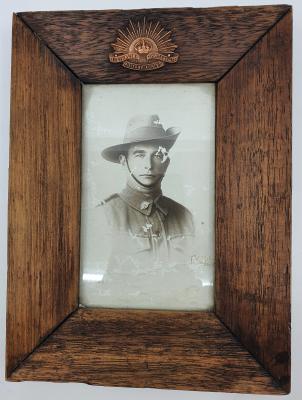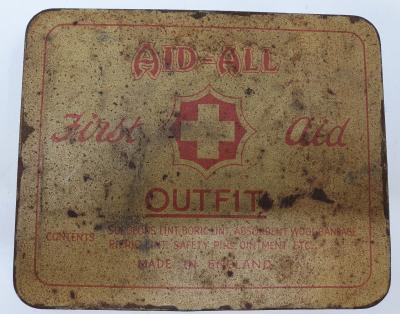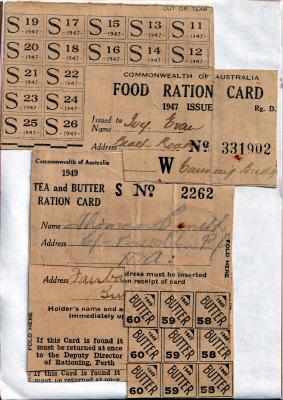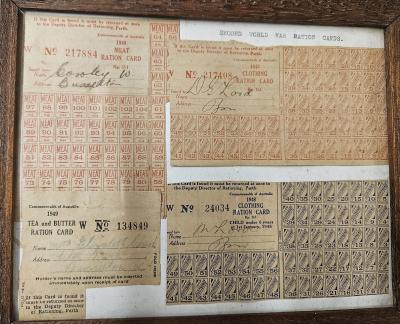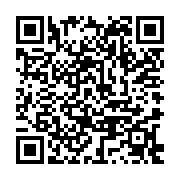The full records of the 10th Australian Light Horse Regiment as reported by the Australian War Memorial website
Light Horse Brigade Leather Gaiters - 1914
c. 1914A pair of leather gaiters (or leggings) that were worn by soldiers of the Australian Light Horse during WW1. Light Horse gaiters came in several patterns but this type is usually referred to as the Stohwasser pattern and are formed from a single panel of shaped leather. The panel is shaped to fit the contour of the lower leg and overlaps at the centre back. Attached at the lower edge is a single strap of leather which winds around the legging and feeds through two flat loops which have been rivetted to the front. At the top of the outer sides of both leggings is a leather securing tab with two buckles. The lower secures the strap and the upper secures a second, shorter strap that wraps around the calf.
The Australian Light Horse were mounted troops with characteristics of both cavalry and mounted infantry, who served in the Second Boer War and World War 1.
During the inter-war years, a number of regiments were raised as part of Australia's part-time military force.
By the outbreak of World War I there were 23 Light Horse regiments within Australia's part-time military force, consisting of 9,000 personnel. By Gallipoli the Light Horse regiments had been organised into 5 Brigades and the 3rd Brigade included the 10th Light Horse Regiment which originated from Western Australia. The 10th regiment traced its lineage back to mounted infantry units of the Colonial militia of Western Australia which were raised during the late 19th century.
The advent of the heavy weaponry that was developed in WW1 spelled the end for mounted divisions like the Light Horse.
Details
Details
Gaiters were designed to protect the soldier's legs and keep rocks and mud from getting into their boots as soldiers were issued lowcut boots to preserve leather during the war.
These gaiters were worn by a member of 10th Light Horse during WW1. Gaiters were standard issue to the Light Horse but were also worn by wagon drivers in battalions as well as stretcher bearers. This range of use sometimes led to the to mis-identification of soldiers as Light Horsemen when they were not.
More items like this
Other items from Busselton Historical Society
- WW1 Cavalry Officer Survival Kit
- Framed Photograph - Private Charles Cecil Cuthbert
- Framed Photograph - Sapper Edward 'Ned' Pries
- Ammunition Box
- WW2 Field Dressing
- WW1 Trench Art Vase
- WW1 Personal First Aid Kit
- WW2 Ration Cards
- WW2 Petrol Ration Cards
- WW2 Food Ration Cards
- WW2 Meat, Clothing, Tea & Butter Ration Cards
- WW2 Wooden 303 Ammunition Box

